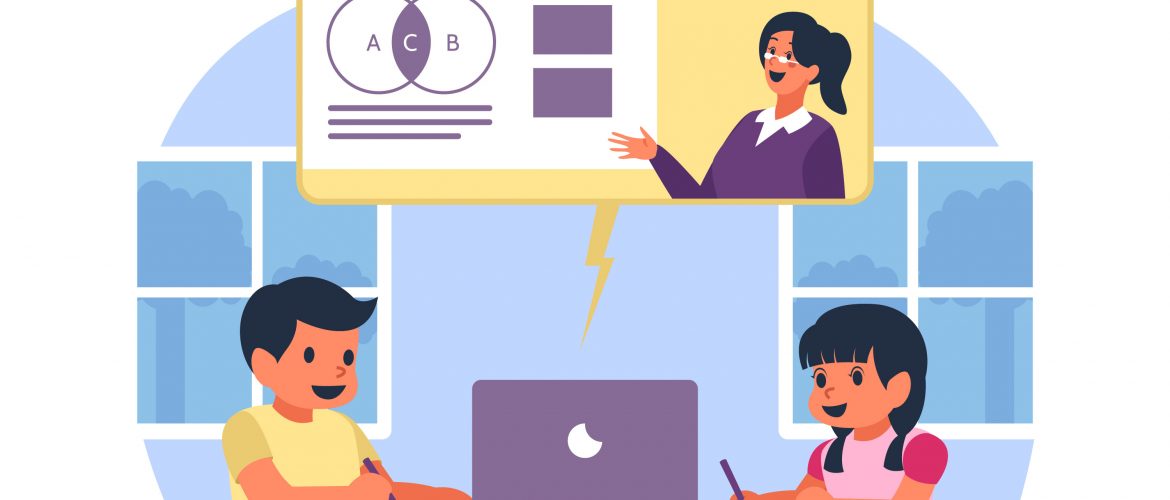News & Events
The Subtle Power of “No”: A Lesson in Teaching
- Posted by: Biju Ramakrishna Pillai
- Category: Blog

A Tale of Two “No”s
A mother My friend Andrew, ever the movie enthusiast, asked me one day, “Biju, shall we go for a movie today?” Without thinking, I shot back, “Who goes to movies, Andrew? Such a waste of time! Spare me.” Now, put yourself in Andrew’s shoes—his excitement, dashed in a single, blunt response. But what if I had said, “Andrew, is it okay if I skip? I’m caught up with something urgent. Sorry, man!” Though both replies meant “No,” the impact was worlds apart.
This everyday exchange offers a powerful lesson for educators. In the teaching-learning process, how we deliver “No” can either build or break a student’s confidence.
The Challenge of Correcting Students
In classrooms, teachers frequently face the need to correct students. When a student provides the right answer, it’s easy to celebrate their success. But when the answer is partially correct or entirely off the mark, the situation becomes more delicate.
Consider Andrea, a bright student who eagerly answers a question, but her response misses the mark. A common reaction might be a swift, “No, that’s wrong,” which can easily discourage her from participating again. However, imagine the teacher saying instead, “That’s a good start, Andrea. You’re close. Let’s think about it a bit more.” This approach not only keeps Andrea engaged but also reinforces her willingness to try.
Transforming “No” into a Learning Opportunity
The way a teacher delivers correction plays a crucial role in shaping a student’s learning experience. When a student is told “No” in a harsh or dismissive way, it can feel like a door slamming shut on their efforts. But when a teacher gently encourages a student to think again, it opens a door, inviting them to explore the problem further and build their understanding.
For instance, instead of bluntly stating, “No, that’s wrong,” a teacher might say, “Andrea, do you want to give it another try?” This not only softens the blow of being incorrect but also fosters a growth mindset, encouraging the student to persist and learn from their mistakes.
The Role of Tutorwaves in Nurturing Effective Learning
At Tutorwaves, we recognize the importance of these pivotal moments in a student’s learning journey. Our tutors are trained to correct students in a supportive and constructive manner. We believe that every “No” should be a stepping stone toward the right answer, not a stumbling block that discourages further attempts.
By creating an environment where students feel safe to make mistakes and learn from them, Tutorwaves ensures that learning is not just about getting the right answers but about developing the confidence and skills to find those answers through exploration and perseverance.
Conclusion: The Power of Positive Correction
The art of saying “No” in teaching is about more than just correcting mistakes; it’s about guiding students in a way that encourages them to think deeper, try harder, and never give up. Next time you need to correct a student, consider how you phrase that “No.” The way you deliver it can make all the difference in their learning journey.
“A teacher affects eternity; he can never tell where his influence stops.”
— Henry Adams
Leave a Reply Cancel reply
WhatsApp us
